Tuesday, October 16, 2018
Margie Taylor, best book reviewer ever, tackles James Joyce
Pity the poor reviewers when James Joyce burst onto the scene with A Portrait of the Artist as a Young Man. It was 1916, and even his most sympathetic critics, while admitting the book was well-written and the dialogue superb, were confused by the “formless, unrestrained” and “unconventional” nature of the story. Many were put off by its “occasional impropriety”, which included the mention of such unspeakable matters as wetting the bed and consorting with prostitutes – two events which, thankfully, take place several years apart.
But even then there were many – T. S Eliot, Virginia Woolf, Samuel Beckett – who admired Portrait and even hailed it as a work of genius. Ezra Pound, who had published it in installments in The Egoist, predicted that the book would “remain a permanent part of English literature”.
He was right, of course. While Ulysses, which began to appear in serial form two years later, revolutionized our approach to modern literature, Joyce laid the groundwork with this tale of a youthful Dubliner growing into adulthood at the turn of the last century. His use of interior monologue and free indirect speech, which influenced Woolf’s Mrs Dalloway, Beckett’s Molloy, and William Faulkener’s The Sound and the Fury, became a convention of modern literature employed by such disparate writers as Sylvia Plath (The Bell Jar) and Irivine Welsh (Trainspotting).
Portrait begins with a little boy listening to his father tell him a story:
“Once upon a time and a very good time it was there was a moocow coming down along the road and this moocow that was coming down along the road met a nicens little boy named baby tuckoo…”
The moocow comes down the road where Betty Byrne lives – she sells lemon platt – the little boy wets the bed – his mother changes the sheet. From the very beginning we are seeing the world from the perspective of the child and as the child matures so will the language. The little boy is sent to school, and the bigger boys tease him and there are some boys you can trust and others you cannot. A priest beats him for breaking his glasses. He works up the courage to go to the rector about it and garners a promise that it won’t happen again. The boy is learning that he has agency.
The boy is Stephen Dedalus, Joyce’s alter ego. Heavily influenced by the religion of his mother and the politics of his father, as was Joyce, Stephen accepts everything at first, as children do. By the time he reaches adolescence he has begun to question the constraints of his church, his family, and his country. It’s a time when thousands are doing just that. Home rule for Ireland, the authority of the Catholic church, the mystery of transubstantiation – all of these are fodder for discussion and fierce argument. Charles Steward Parnell is his father’s hero, but Parnell, the great Irish hope of the nationalist movement, is discovered to be an adulterer. He dies amid scandal and disgrace, brought down, many feel, by the harsh, inflexible dictates of the Catholic church. And Stephen’s father, although passionately sentimental about the past, cannot deal with the present. Unable to manage his financial affairs, he becomes debt-ridden and loses the family home. The priests, on the whole, get off lightly, it seems to me. Perhaps if Joyce had been aware of the abuses perpetrated by so many of the clergy, he might have dealt with them more harshly.
Having won a cash prize for his performance at school, Stephen goes on a bit of a bender, you might say. He begins to frequent prostitutes, indulging his sensual nature while struggling with the knowledge that he is endangering his soul. He and his classmates are taken on a religious retreat, during which a priest subjects them, and the reader, to a harrowing diatribe on the nature of Hell. It rattles Stephen to the bone – to be fair, it rattled me; raised a Baptist as a child I sat through a few of those sermons myself and suffered all the terrors of damnation and the eternal fire. Stephen repents and mends his ways, to the extent that he’s considered a good prospect for the priesthood. (I repented, too, but nobody ever suggested I should become a pastor.)
Stephen, as written by Joyce, sees the most important question as, what is the relationship of the artist to his culture, to his race? The answer to that question is exile – the artist must leave his home, his countrymen, his culture. “Ireland is the old sow that eats her own farrow,” he tells his friend Davin. “No honourable and sincere man . . . has given up to you his life and his youth and his affections from the days of Tone to those of Parnell but you sold him to the enemy or failed him in need or reviled him and left him for another. And you invite me to be one of you. I’d see you damned first”.
So Stephen leaves Ireland, as did Joyce. In 1904 he and Nora Barnacle left for Zurich. After 1912 he never set foot in Ireland again, dying in 1942 a month short of his 59th birthday.
I wouldn’t call myself a Joycean. I warm to him when he shows Stephen at school at Clongowes, the Jesuit-run college where the shy, intellectually gifted young boy attempts to learn the schoolboy code. Later, as a student at University College, Dublin, his interactions with his classmates, especially Cranly and Lynch, have the authenticity of being drawn from life. As does the scene over Christmas dinner when Dante, his governess, is so offended by his father’s praise of Parnell she walks out in a fury. And I love the language: “his small fatencircled eyes”, a “plump woollengloved hand”, a “lavishlimbed” young woman.
Overall, though, Joyce puts me off, somehow. He overwrites. I agree with Roddy Doyle, who said he could do with a good editor. And this is A Portrait of the Artist we’re talking about. Heaven knows how I’ll get through Ulysses.
My favourite book of short stories, The Dubliners by Joyce.
Subscribe to:
Post Comments (Atom)


















































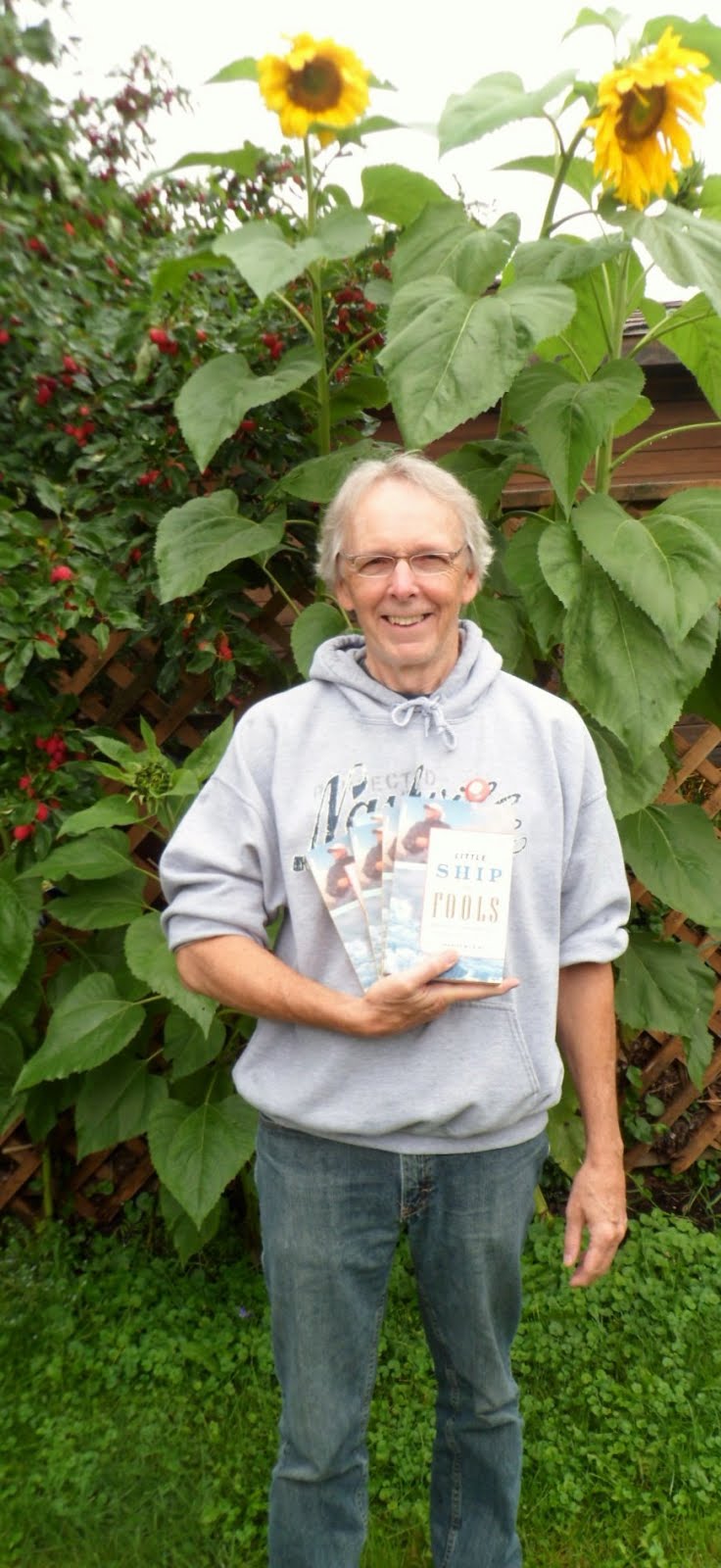





























































































































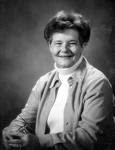


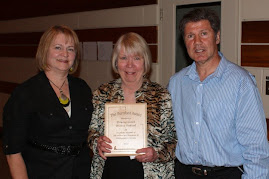
































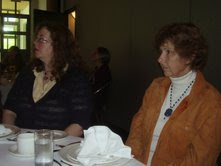



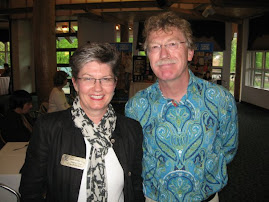


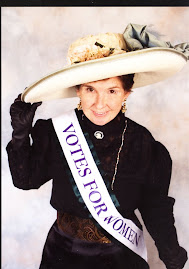




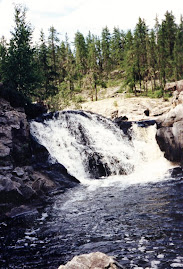




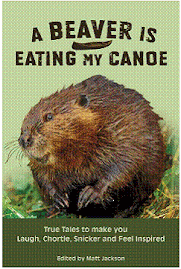
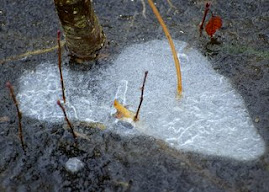



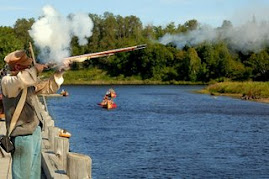









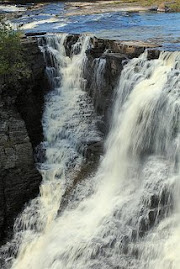
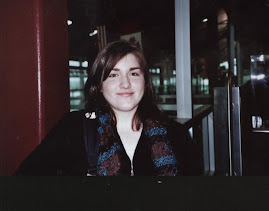


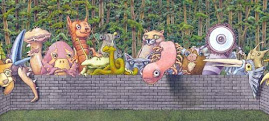
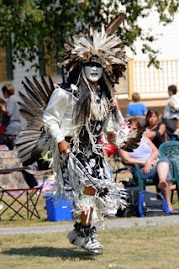



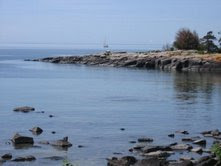



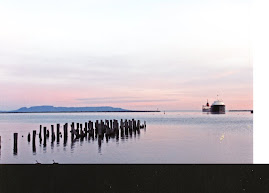





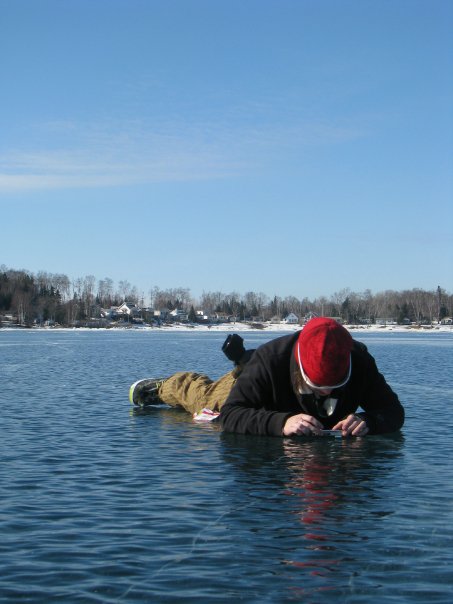
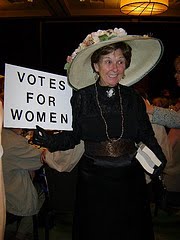


No comments:
Post a Comment